Modeling of Distributed Sensing of Elastic Waves by Fiber-Optic Interferometry
Abstract
:1. Introduction
2. Interferometric Strain Transduction
2.1. All Fiber Interferometer
2.2. Fiber-Intrinsic Strain Effects
2.3. Previous Work
2.4. Remaining Scientific Topics
3. Modeling of Specific Optical Fiber Configurations
Analytical Model for Input-Output Analyses
4. Results
4.1. Transduction Distortions
4.2. Pulse Energy Transduction
4.2.1. Wavelength Dependence of Straight Fiber Transducers
4.2.2. Wavelength Dependence of Circular Fiber Transducers
5. Conclusions
Acknowledgments
Author Contributions
Conflicts of Interest
References
- Achenbach, J. Wave Propagation in Elastic Solids; North-Holland: New York, NY, USA, 1984. [Google Scholar]
- Gao, W.; Glorieux, C.; Thoen, J. Laser ultrasonic study of Lamb waves: Determination of the thickness and velocities of a thin plate. Int. J. Eng. Sci. 2003, 41, 219–228. [Google Scholar] [CrossRef]
- Giurgiutiu, V. Structural Health Monitoring with Piezoelectric Wafer Active Sensors; Academic Press: Cambridge, MA, USA, 2008. [Google Scholar]
- Graff, K.F. Wave Motion in Elastic Solids; Dover Publications: New York, NY, USA, 1991. [Google Scholar]
- Rose, J.L. Ultrasonic Waves in Solid Media; Cambridge University Press: Cambridge, UK, 2004. [Google Scholar]
- Zhao, X.; Royer, R.L.; Owens, S.E.; Rose, J.L. Ultrasonic Lamb Wave Tomography in Structural Health Monitoring. Smart Mater. Struct. 2011, 20. [Google Scholar] [CrossRef]
- Li, F.; Murayama, H.; Kageyama, K.; Shirai, T. Guided Wave and Damage Detection in Composite Laminates Using Different Fiber Optic Sensors. Sensors 2009, 9, 4005–4021. [Google Scholar] [CrossRef] [PubMed]
- Guo, H.; Xiao, G.; Mrad, N.; Yao, J. Fiber optic sensors for structural health monitoring of air platforms. Sensors 2011, 11, 3687–3705. [Google Scholar] [CrossRef] [PubMed]
- Royer, D.; Dieulesaint, E. Elastic Waves in Solids I; Springer: New York, NY, USA, 2000. [Google Scholar]
- Love, A.E.H. The Mathematical Theory of Elasticity, 4th ed.; Cambridge University Press: Cambridge, UK, 1944. [Google Scholar]
- Lamb, H. On Waves in an Elastic Plate. Proc. R. Soc. Lond. 1917, 93, 114–128. [Google Scholar] [CrossRef]
- Tua, P.S.; Quek, S.T.; Wang, Q. Detection of cracks in plates using piezo-actuated Lamb waves. Smart Mater. Struct. 2004, 13. [Google Scholar] [CrossRef]
- Kato, Y.; Wada, Y.; Mizuno, Y.; Nakamura, K. Measurement of elastic wave propagation velocity near tissue surface by optical coherence tomography and laser Doppler velocimetry. Jpn. J. Appl. Phys. 2014, 53. [Google Scholar] [CrossRef]
- Kessler, S.S.; Spearing, S.M.; Soutis, C. Damage detection in composite materials using Lamb wave methods. Smart Mater. Struct. 2002, 11. [Google Scholar] [CrossRef]
- Lin, X.; Yuan, F.G. Diagnostic Lamb waves in an integrated piezoelectric sensor/actuator plate: Analytical and experimental studies. Smart Mater. Struct. 2001, 10. [Google Scholar] [CrossRef]
- Boukabache, H.; Escriba, C.; Fourniols, J.Y. Toward Smart Aerospace Structures: Design of a Piezoelectric Sensor and Its Analog Interface for Flaw Detection. Sensors 2014, 14, 20543–20561. [Google Scholar] [CrossRef] [PubMed]
- Sirkis, J.; Taylor, C. Interferometric-fiber-optic strain sensor. Expe. Mech. 1988, 28, 170–176. [Google Scholar] [CrossRef]
- Her, S.C.; Huang, C.Y. Thermal Strain Analysis of Optic Fiber Sensors. Sensors 2013, 13, 1846–1855. [Google Scholar] [CrossRef] [PubMed]
- Kirkendall, C.; Dandridge, A. Overview of high performance fibre-optic sensing. J. Phys. D Appl. Phys. 2004, 37. [Google Scholar] [CrossRef]
- Her, S.C.; Yang, C.M. Dynamic Strain Measured by Mach-Zehnder Interferometric Optical Fiber Sensors. Sensors 2012, 12, 3314–3326. [Google Scholar] [CrossRef] [PubMed]
- Hocker, G.B. Fiber-optic sensing of pressure and temperature. Appl. Opt. 1979, 18, 1445–1448. [Google Scholar] [CrossRef] [PubMed]
- Agbodjan, J.; Kohl, F.; Steiner, H.; Sauter, T.; Keplinger, F.; Stojkovic, M.; Djinovic, Z. Modeling an Omnidirectional Fiber-optic Strain Transducer. In Proceedings of the 2014 Microelectronic Systems Symposium, Vienna, Austria, 8–9 May 2014; pp. 1–5.

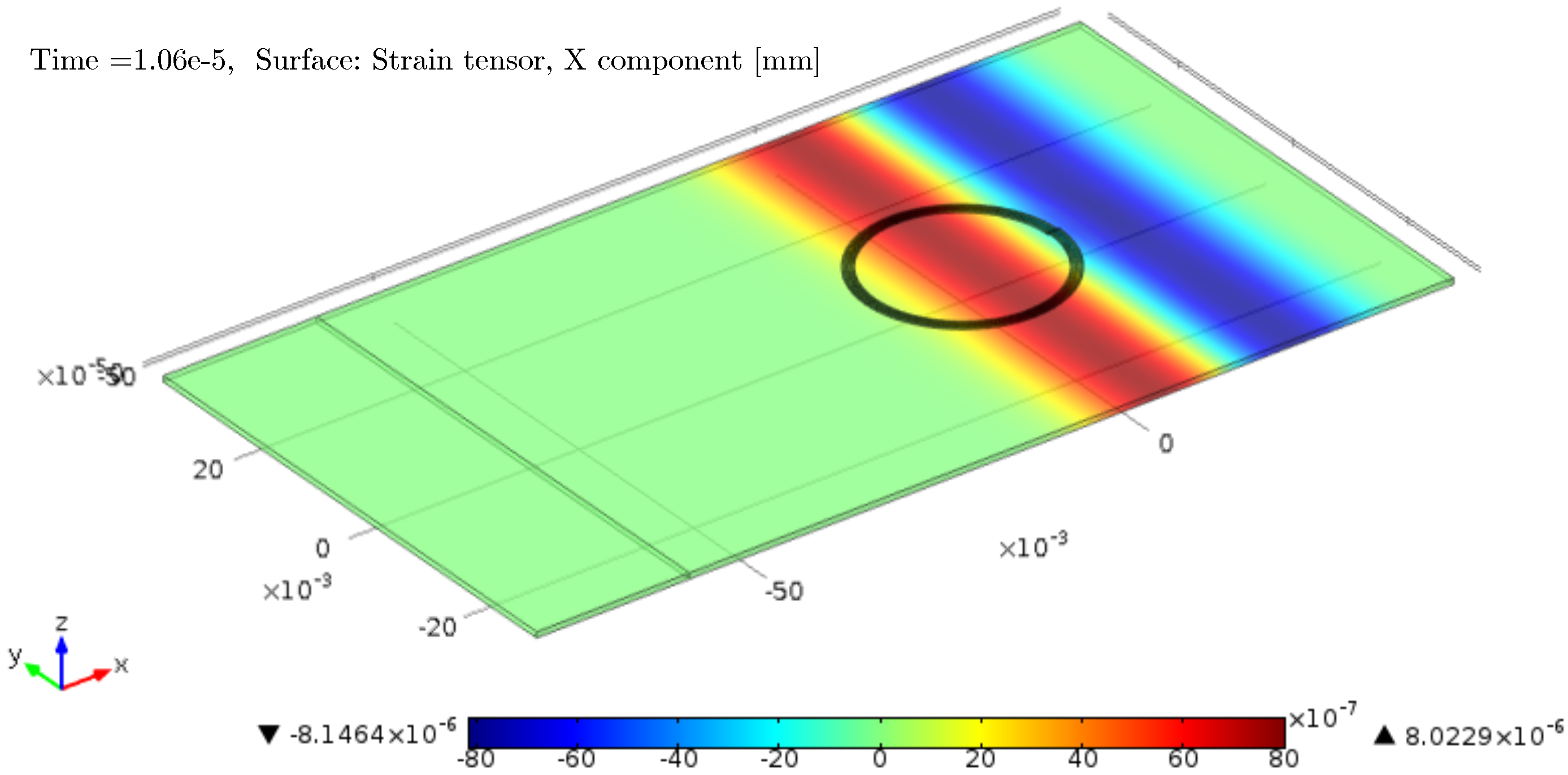

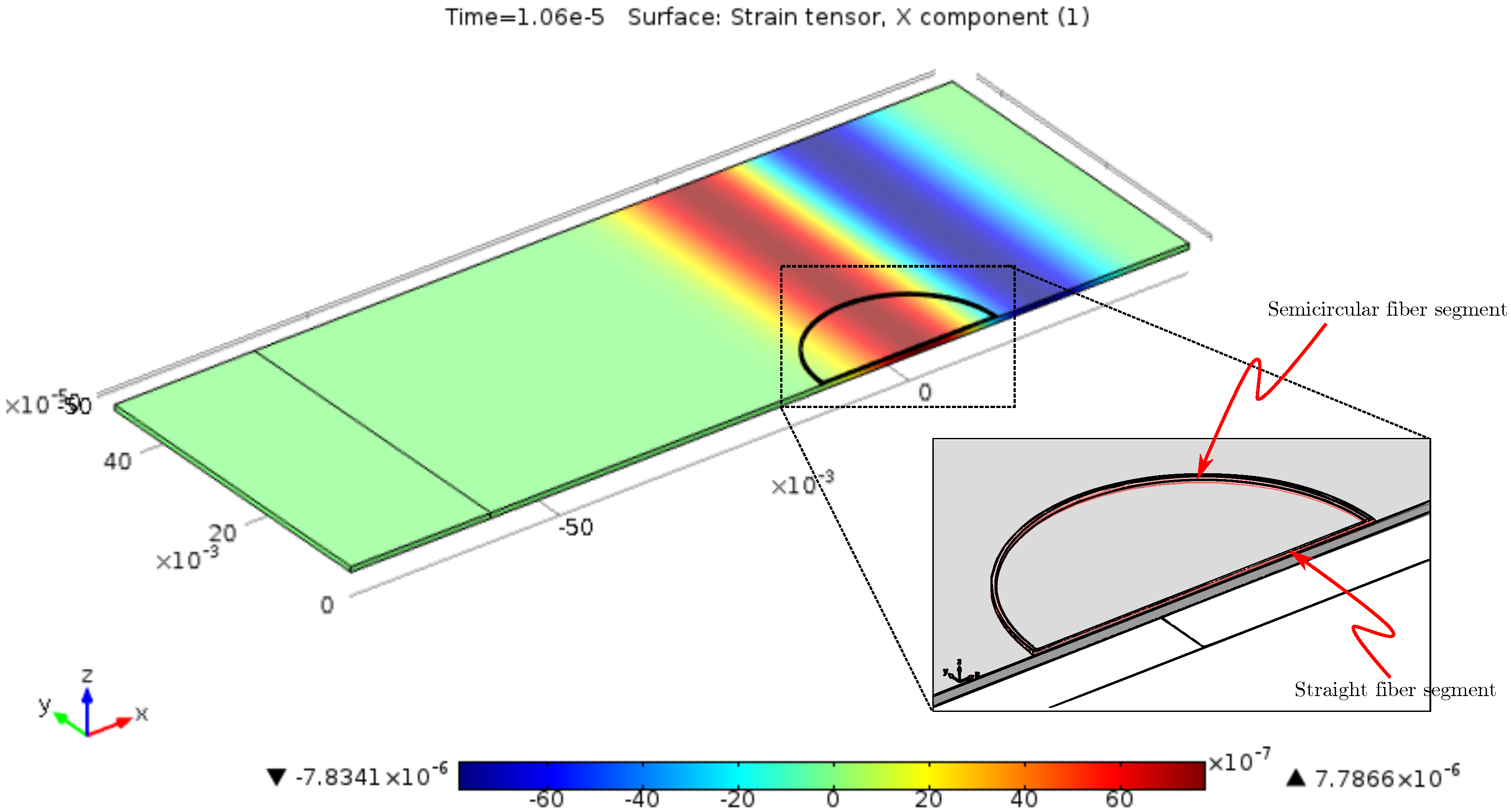
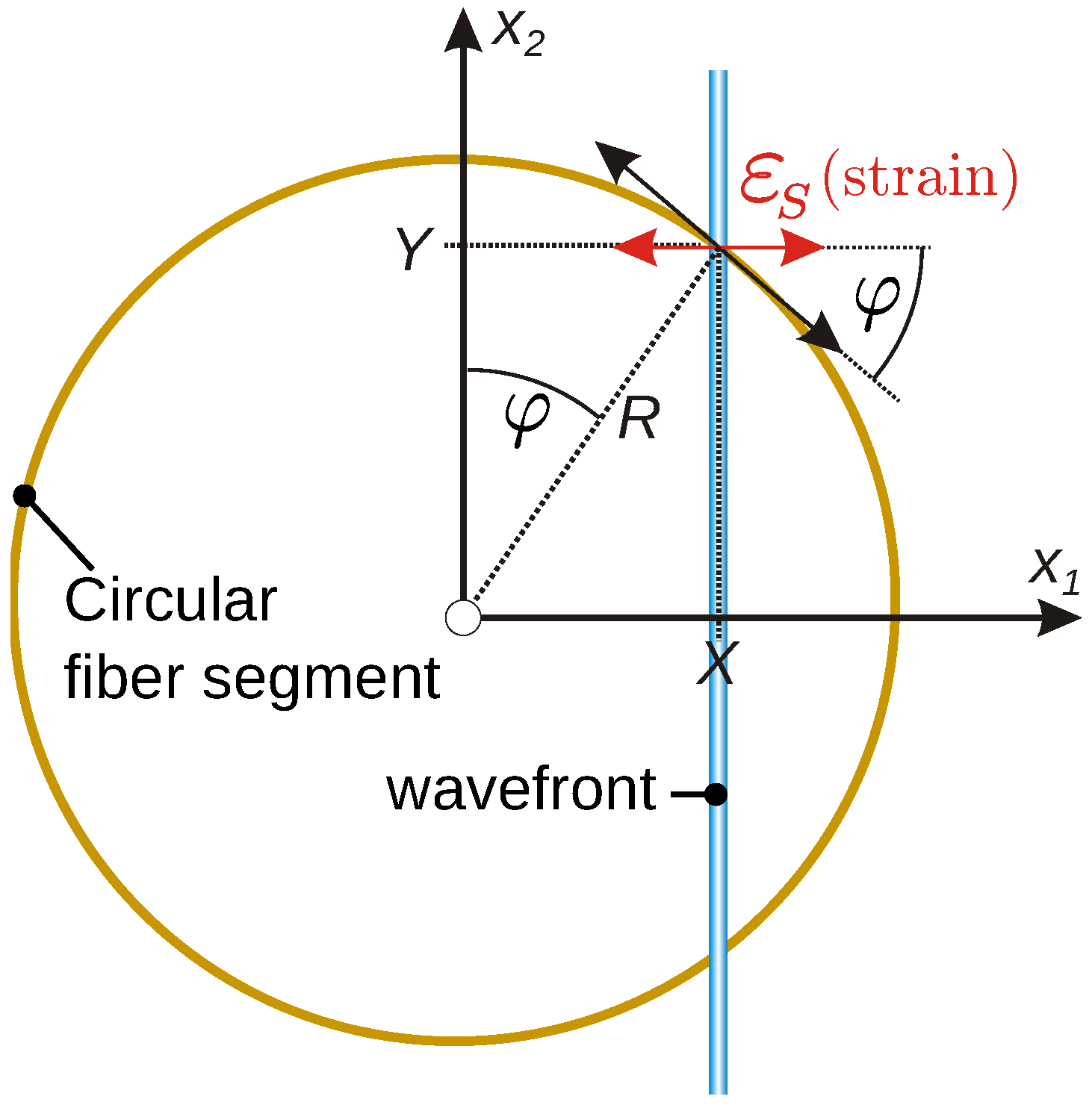
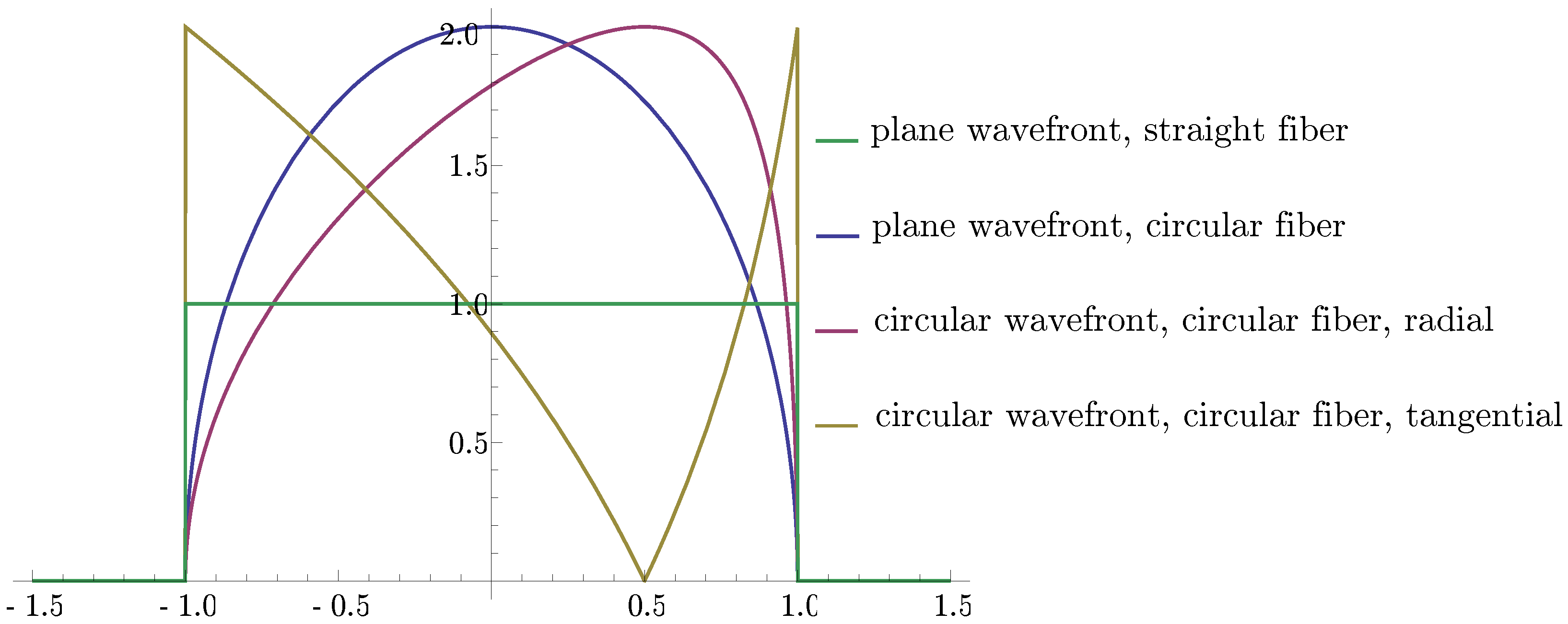

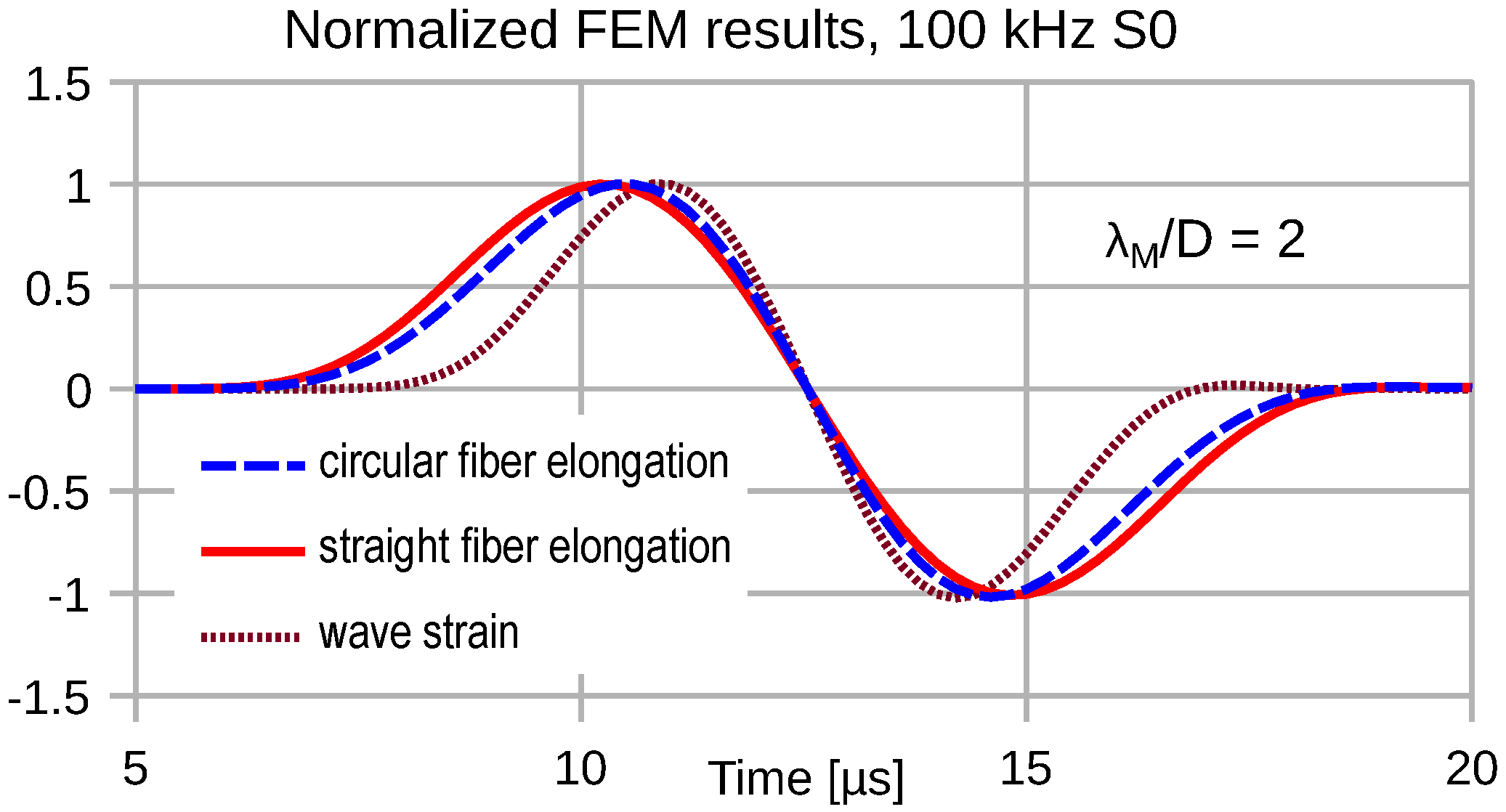
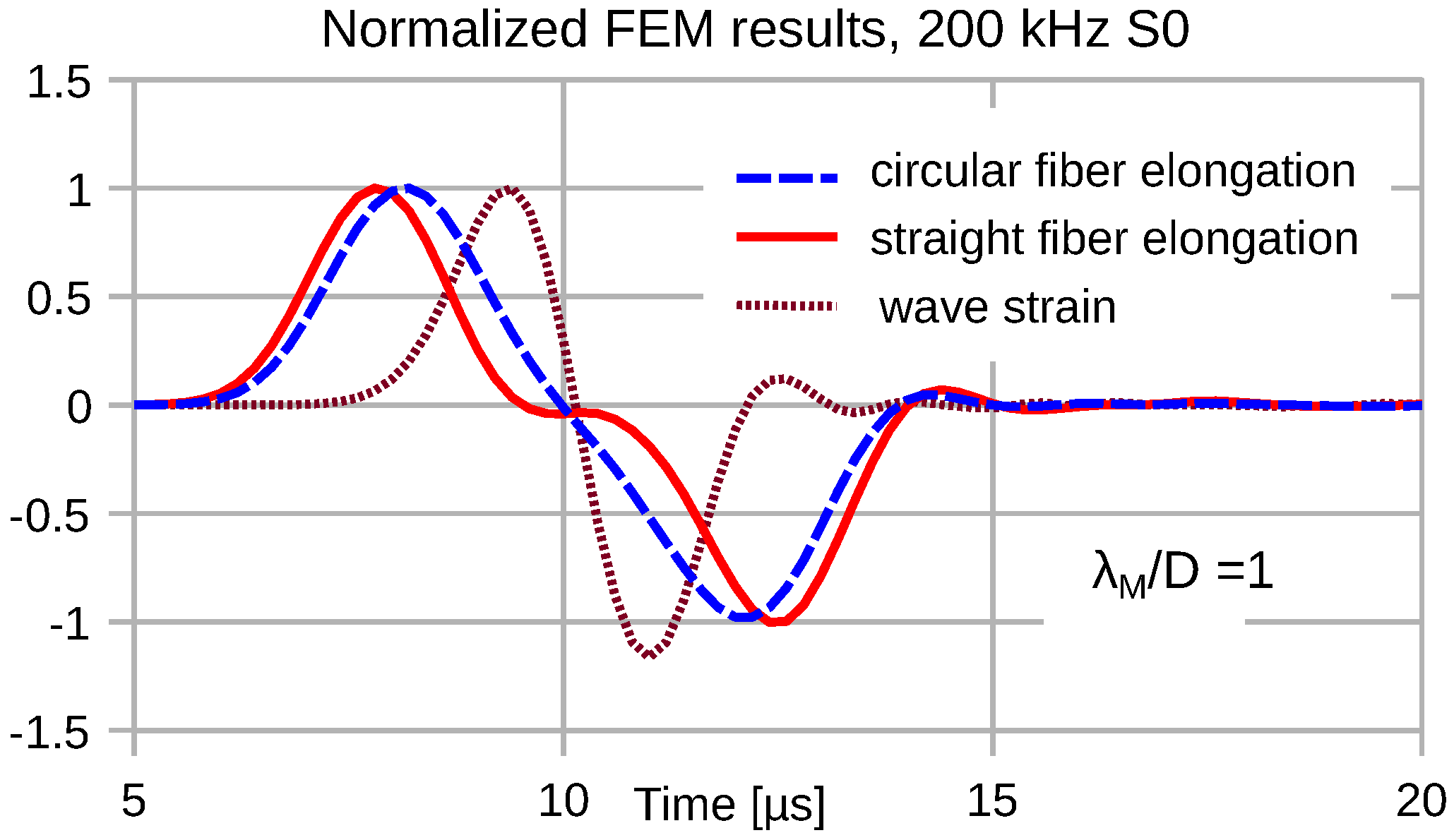

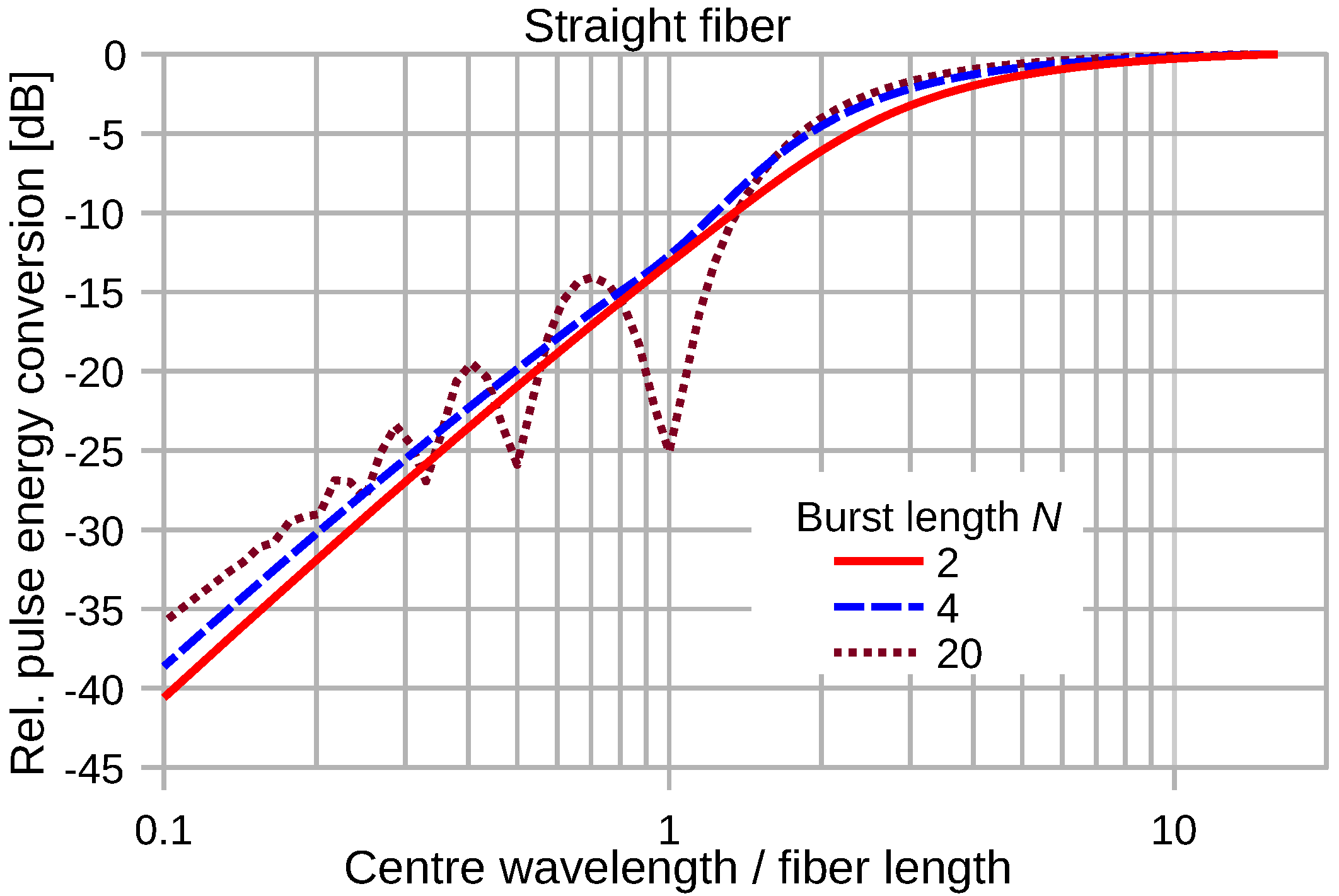
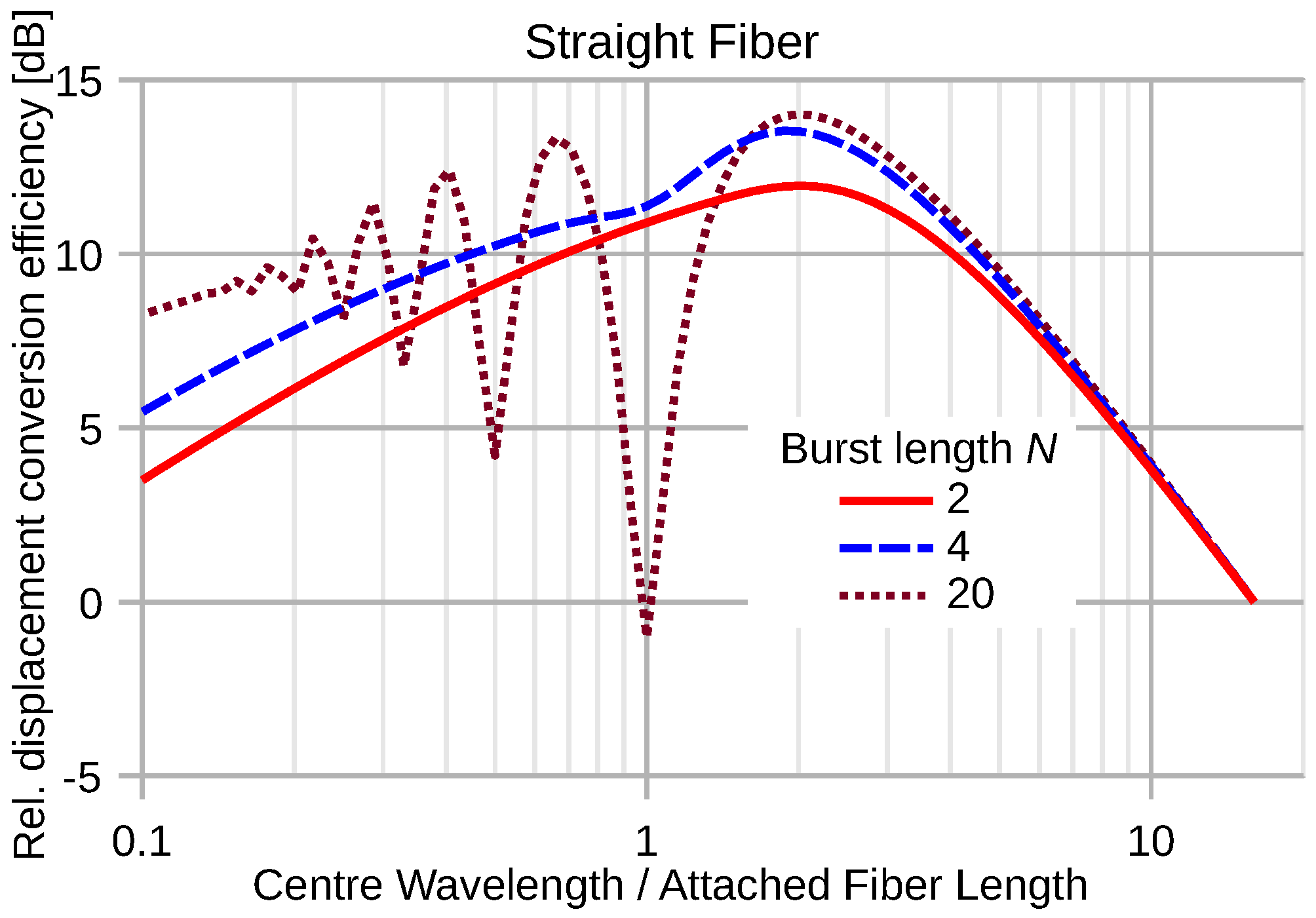
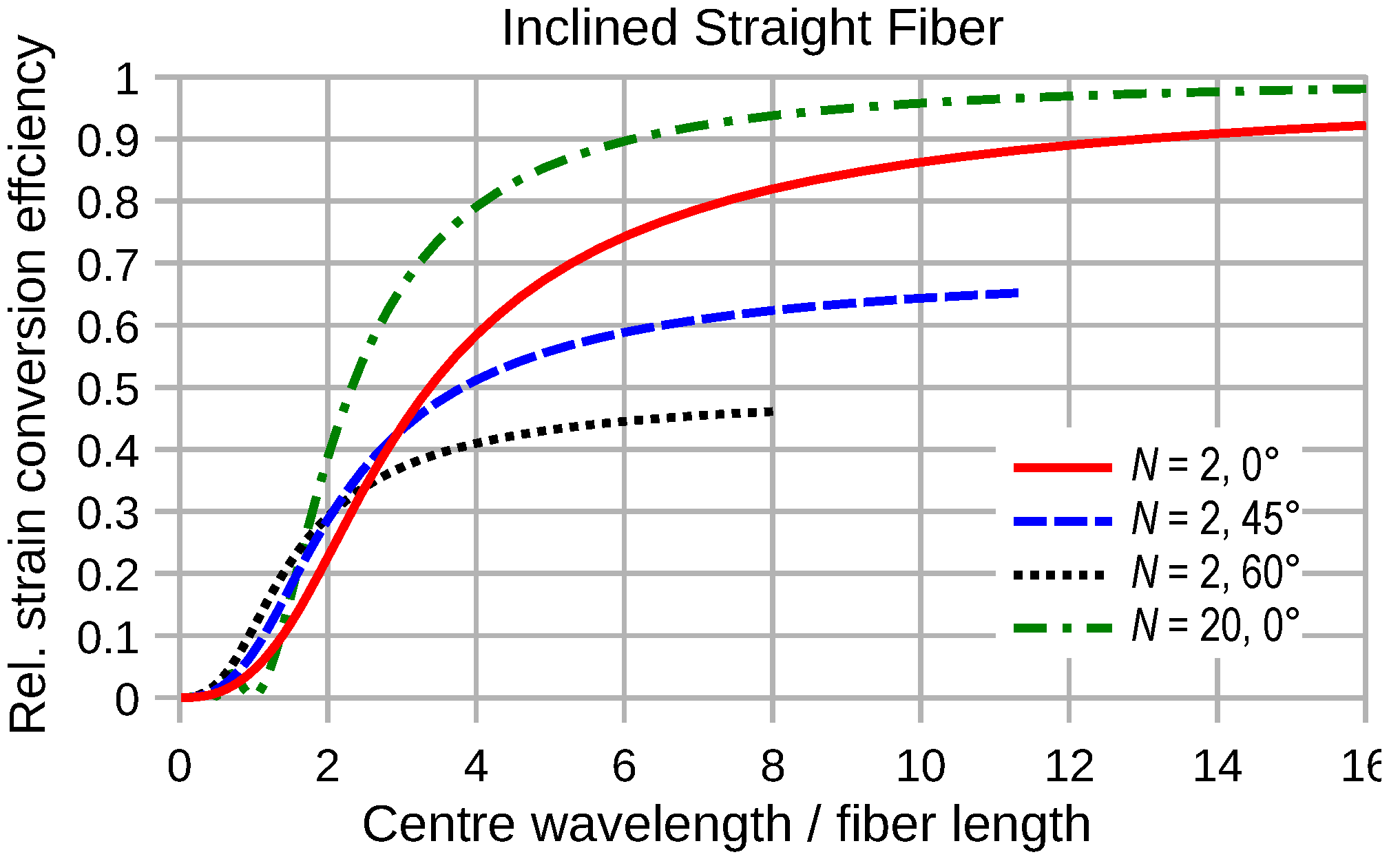
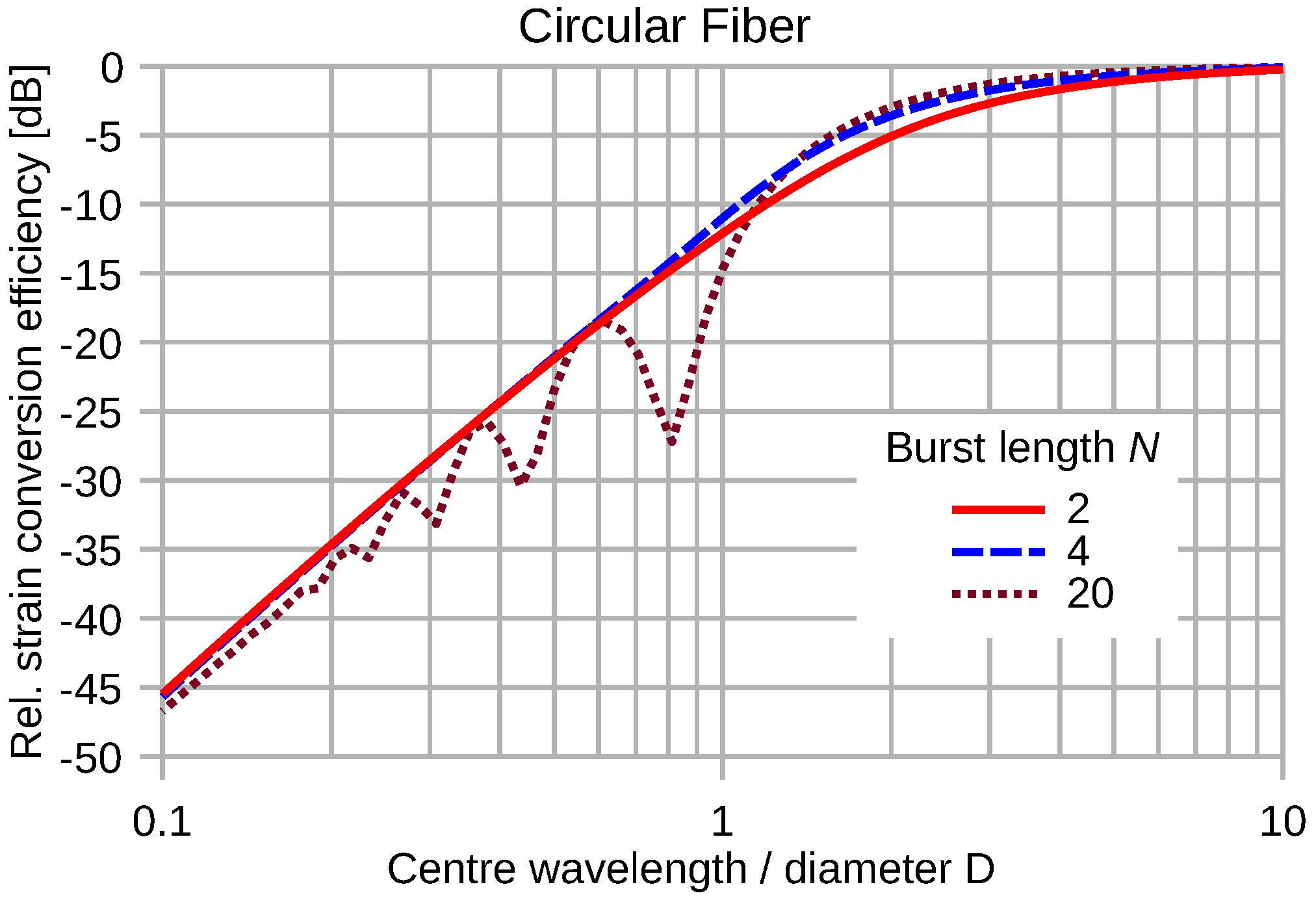
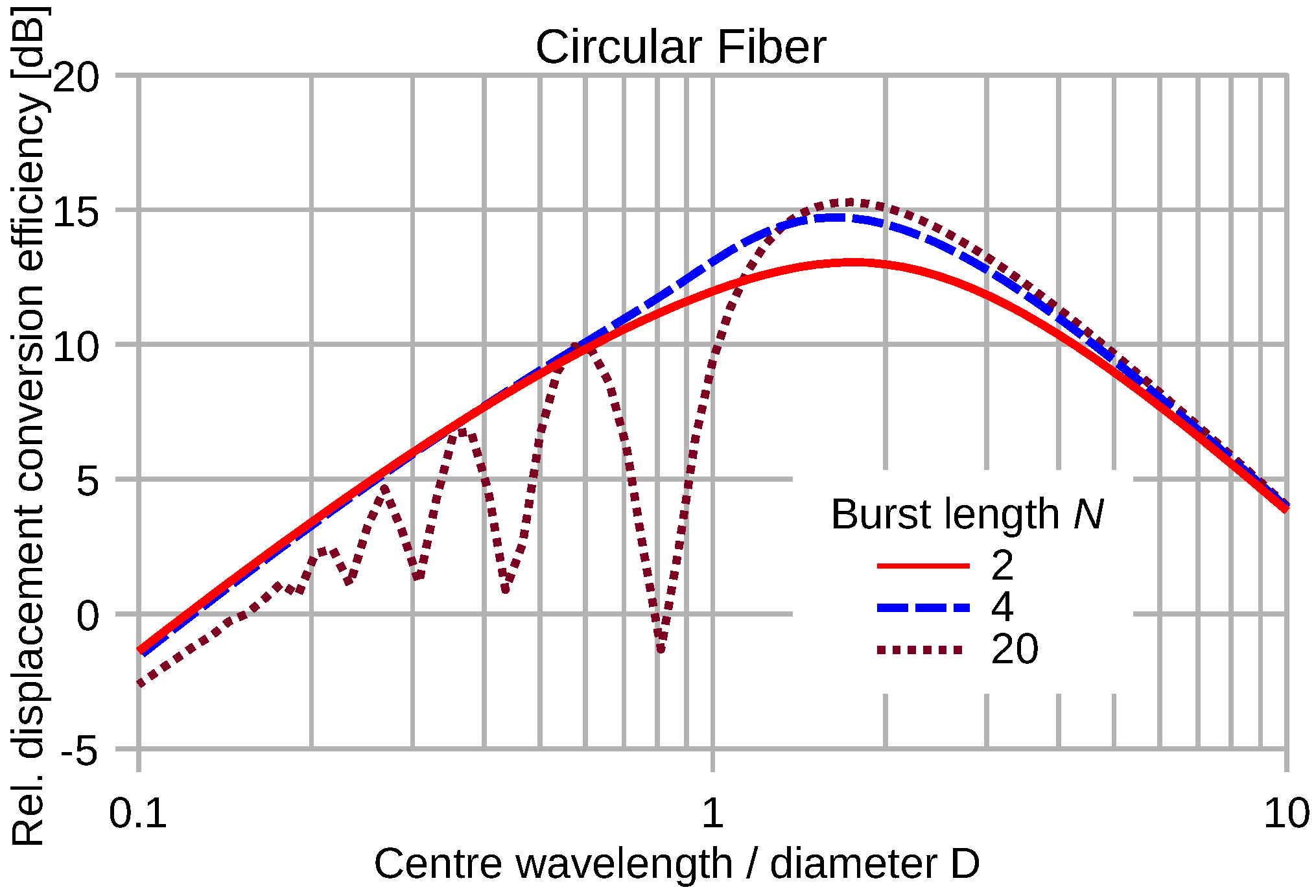
© 2016 by the authors; licensee MDPI, Basel, Switzerland. This article is an open access article distributed under the terms and conditions of the Creative Commons Attribution (CC-BY) license (http://creativecommons.org/licenses/by/4.0/).
Share and Cite
Agbodjan Prince, J.; Kohl, F.; Sauter, T. Modeling of Distributed Sensing of Elastic Waves by Fiber-Optic Interferometry. Sensors 2016, 16, 1433. https://doi.org/10.3390/s16091433
Agbodjan Prince J, Kohl F, Sauter T. Modeling of Distributed Sensing of Elastic Waves by Fiber-Optic Interferometry. Sensors. 2016; 16(9):1433. https://doi.org/10.3390/s16091433
Chicago/Turabian StyleAgbodjan Prince, Just, Franz Kohl, and Thilo Sauter. 2016. "Modeling of Distributed Sensing of Elastic Waves by Fiber-Optic Interferometry" Sensors 16, no. 9: 1433. https://doi.org/10.3390/s16091433
APA StyleAgbodjan Prince, J., Kohl, F., & Sauter, T. (2016). Modeling of Distributed Sensing of Elastic Waves by Fiber-Optic Interferometry. Sensors, 16(9), 1433. https://doi.org/10.3390/s16091433




